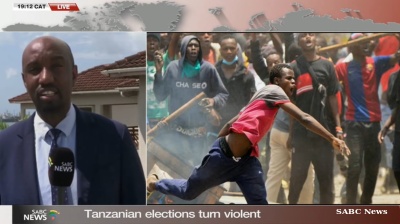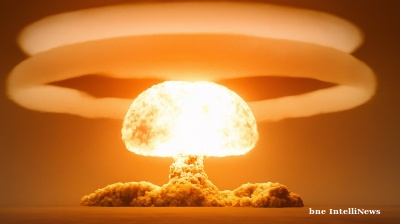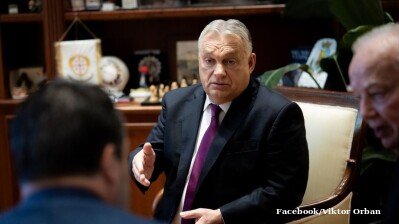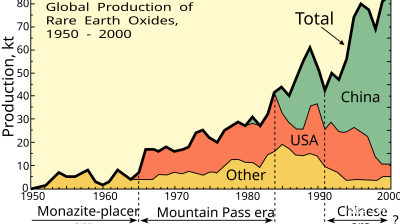Protests in Dhaka intensified as demonstrators demanded the resignation of Bangladesh's President Mohammed Shahabuddin, leading to clashes with riot police. The unrest, which culminated outside Shahabuddin's official residence, saw at least 30 people injured. Though the president's role is primarily ceremonial, his recent statements regarding the resignation of former Prime Minister Sheikh Hasina have sparked controversy, reopening political wounds from her ousting in August, The Indian Express reported.
The tension arose after Shahabuddin, who played a crucial role during the August student-led revolution that led to Hasina's removal, suggested that he had never seen a written resignation letter from the ex-premier. This comment, contradicting his earlier claims, has called into question the legitimacy of Hasina's departure and the current interim government. Protests gained momentum when a crowd gathered outside Shahabuddin’s residence, accusing him of being loyal to Hasina and her Awami League party. Demonstrators claimed that by remaining in office, the president continued to support a regime they view as illegitimate.
Student leader Faruk Hossain, speaking on behalf of the protesters, declared that Shahabuddin must step down, insisting that "a president linked to the ousted government cannot remain in office." The protesters, led by student organisations instrumental in Hasina’s downfall, called for the appointment of what they described as "a people's president." Around midnight, hundreds of protesters attempted to breach the security perimeter around the residence, prompting a response from law enforcement. Dhaka's police deputy commissioner, Talebur Rahman, reported that at least 25 officers were injured in the confrontations.
According to Rahman, the police were attacked with stones, leading to a chaotic scene that left nine officers hospitalised. Authorities have since reinforced security around the area, with Rahman affirming that the situation had been brought under control. The unrest can be traced back to a statement made by Shahabuddin earlier in October. The president, who previously affirmed receiving Hasina’s resignation, told local journalist Matiur Rahman Chowdhury that he had never seen any document formalising her departure. He noted that he had only heard about the resignation through Bangladesh’s Army Chief, General Waqar-uz-Zaman, but lacked any "documentary evidence" to confirm it. His remarks, published in Manab Zamin on 19 October, marked a reversal from his initial position on 5 August, when he had stated unequivocally on national television that Hasina had resigned.
This shift has ignited a debate over the legality of Hasina's exit, a matter further complicated by the lack of official records or public statements from Hasina herself. The former prime minister, who fled to India during the protests, has not been heard from since her departure. Her son, Sajeeb Wazed, has maintained on social media that she never formally resigned, calling the resignation claims “false.”
The interim administration, headed by Mohammad Yunus, has dismissed these assertions. Since Hasina’s ousting, Bangladesh’s interim government has seen a series of political purges, removing officials perceived as loyalists to the former prime minister. These included Supreme Court justices and the head of the central bank, typically following demonstrations outside their offices or homes.
The actions, while seen by some as a necessary step to stabilise governance, have raised concerns about the country's political stability and the interim administration's legal standing. The current government’s position has also been challenged due to constitutional ambiguities. Observers note that there is no explicit provision in Bangladesh’s constitution for an interim government, leading many to describe the transition as effectively a military coup. The involvement of the army, which announced Hasina's resignation through General Zaman, has further complicated the narrative. Legal experts and critics alike view any suggestion that Hasina's removal was not legitimate as a potential threat to the government's authority.
The controversy surrounding Shahabuddin's comments has reignited political tensions that had begun to subside after Hasina’s departure. For many, the president’s initial statement provided a veneer of legitimacy to the transitional government. Now, however, his ambiguous stance has led to accusations that he is covertly supporting the former administration, a charge that has energised student groups to resume protests. The interim government, through its Law Affairs Adviser, Asif Nazrul, accused Shahabuddin of violating his oath of office.
Nazrul described the president’s remarks as “falsehoods” and indicated that if Shahabuddin does not retract his statements, his position could be reconsidered. Shahabuddin’s critics, meanwhile, have taken a more direct approach, labelling him a supporter of "fascism" and calling for his immediate resignation. Sheikh Hasina’s government was overthrown on 5 August following months of protests spearheaded by student groups. The movement, which began as a reaction to rising political repression and economic concerns, ultimately led to a standoff with the country's security forces. As pressure mounted, Hasina fled Bangladesh, reportedly leaving for India.
Although General Zaman announced her resignation, no document verifying her decision has ever surfaced, fuelling speculation over the nature of her exit. The interim administration under Mohammad Yunus sought to validate its formation by appealing to Bangladesh’s Supreme Court. On 8 August, Chief Justice Obaidul Hasan stated that an interim government could be established to maintain stability during extraordinary circumstances, thereby providing a legal framework for the current administration. This ruling, however, has not quelled all doubts, especially given Shahabuddin’s recent comments.
Despite his primarily ceremonial role, President Shahabuddin's actions have placed him at the centre of Bangladesh’s ongoing political turmoil. Appointed by Hasina before her ousting, his credibility has been called into question. For student protestors and other activists, his ambiguous stance on the legality of Hasina’s resignation is seen as a betrayal of the movement that led to her removal. As Bangladesh navigates this period of uncertainty, Shahabuddin’s future remains in doubt, with the possibility of renewed protests looming over his tenure.
News

Tanzania election protests trigger curfew; military deployed, internet cut
Demonstrators clashed with security forces in Dar es Salaam, setting a bus and a gas station ablaze, prompting authorities to impose a curfew from 6 p.m. The military was deployed in Dodoma, Zanzibar, and the commercial capital.

US strikes on drug vessels kill 14 in deadliest day of Trump's narcotics campaign
The US military killed 14 people in strikes on four vessels allegedly transporting narcotics in the eastern Pacific Ocean, marking the deadliest single day since President Donald Trump began his controversial campaign against drug trafficking.

Russia withdraws from Cold War plutonium disposal pact with US
Russian President Vladimir Putin has formally withdrawn from a key arms control agreement with the United States governing the disposal of weapons-grade plutonium, as the few remaining nuclear security accords between the two powers vanish.

Nigeria’s NUPRC holds exploratory talks with Bank of America on upstream financing
Nigeria's upstream regulator, NUPRC, has held exploratory talks with Bank of America as the country looks to attract new capital and revive crude output, after falling short of its OPEC+ quota.




